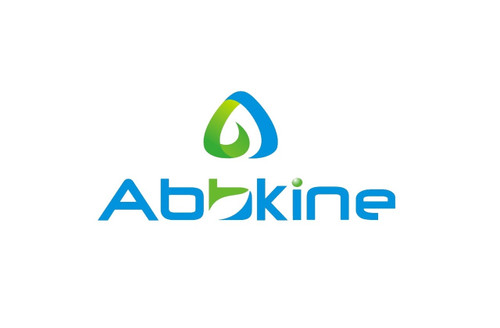Product Description
Mouse Excitatory amino acid transporter 2 (SLC1A2) ELISA Kit | AE59760MO | Abebio
Species Reactivity: Mouse (Mus musculus)
Abbreviation: SLC1A2
Alternative Name: EAAT2; GLT-1; excitatory amino acid transporter 2|excitotoxic amino acid transporter 2|glial high affinity glutamate transporter|glutamate/aspartate transporter II|sodium-dependent glutamate/asparta
Application: ELISA
Range: 0.156-10 ng/mL
Sensitivity: 0.056 ng/mL
Intra-Assay: ≤5.3%
Inter-Assay: ≤9.2%
Recovery: 0, 99
Sample Type: Serum, Plasma, Other biological fluids
Detection Method: Sandwich
Analysis Method : Quantitive
Test Principale: This assay employs a two-site sandwich ELISA to quantitate SLC1A2 in samples. An antibody specific for SLC1A2 has been pre-coated onto a microplate. Standards and samples are pipetted into the wells and anySLC1A2 present is bound by the immobilized antibody. After removing any unbound substances, a biotin-conjugated antibody specific for SLC1A2 is added to the wells. After washing, Streptavidin conjugated Horseradish Peroxidase (HRP) is added to the wells. Following a wash to remove any unbound avidin-enzyme reagent, a substrate solution is added to the wells and color develops in proportion to the amount of SLC1A2 bound in the initial step. The color development is stopped and the intensity of the color is measured.
Product Overview: SLC1A2 / EAAT2 is a member of a family of the solute carrier family of proteins. The membrane-bound protein is the principal transporter that clears the excitatory neurotransmitter glutamate from the extracellular space at synapses in the central nervous system. Glutamate clearance is necessary for proper synaptic activation and to prevent neuronal damage from excessive activation of glutamate receptors. Ceftriaxone, an antibiotic, has been shown to induce/enhance the expression of EAAT2, resulting in reduced glutamate activity. Ceftriaxone has been shown to reduce the development and expression of tolerance to opiates and other drugs of abuse. EAAT2 may possess an important role in modulating drug addiction and tolerance.
Stability: The stability of ELISA kit is determined by the loss rate of activity. The loss rate of this kit is less than 5% within the expiration date under appropriate storage condition. The loss rate was determined by accelerated thermal degradation test. Keep the kit at 37°C for 4 and 7 days, and compare O.D.values of the kit kept at 37°C with that of at recommended temperature. (referring from China Biological Products Standard, which was calculated by the Arrhenius equation. For ELISA kit, 4 days storage at 37°C can be considered as 6 months at 2 - 8°C, which means 7 days at 37°C equaling 12 months at 2 - 8°C) .
 Euro
Euro
 USD
USD
 British Pound
British Pound
 NULL
NULL








